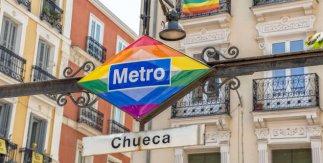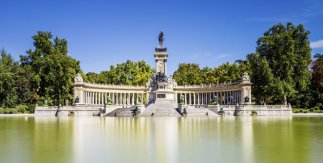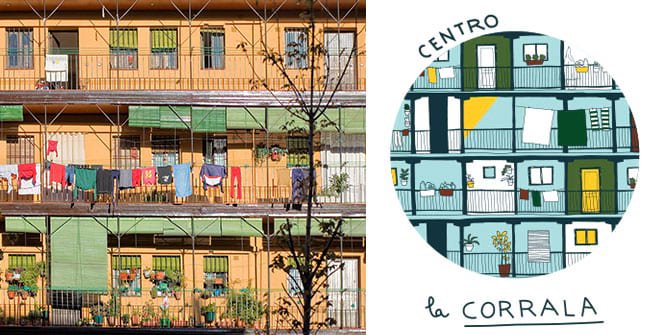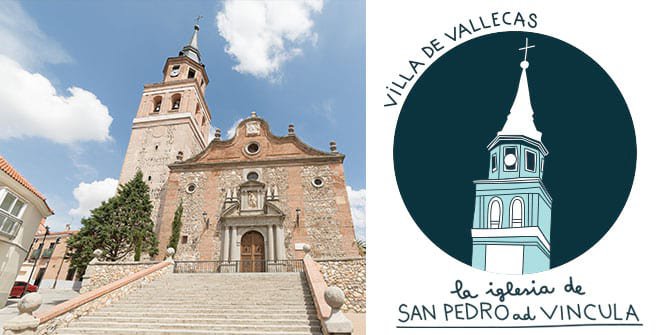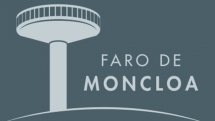Madrid Neighbourhoods
Discover the most touristic neighborhoods of Madrid. If you want to know the city in depth, go to Madrid 21 Destinations.
The oldest part of Madrid combines the majestic Royal Palace with the popular atmosphere of Plaza Mayor and surroundings.
Explore the district where many giants of the Golden Age of Spanish literature had their homes.
Discover the luxury stores on the Golden Mile, Michelin-starred restaurants and the most stylish nightlife of Madrid.
The largest urban park in Spain, Casa de Campo is a short drive walk from central Madrid.
Discover Madrid’s financial district on a walking tour that passes by a sports classic: the Bernabéu football stadium.
A traditional district with an aristocratic architectural flair in the heart of Madrid.
Shops, culture, fine food, the latest trends and fun in a neighbourhood that’ll never go out of fashion.
Around the old Conde Duque military quarters, a district with narrow streets, traditional taverns and original stores.
This busy area in the very heart of the city is possibly Madrid’s most touristy area.
With El Rastro flea market, tapas, the festival of La Paloma, Las Vistillas Gardens and much more, this fun-loving area of Madrid is a must.
A melting pot of cultures and traditions, Lavapiés has never been stripped of its essence.
A green area for sports and leisure on the banks of the River Manzanares.
A district brimming with bohemian and hipster urbanites. The mecca of vintage looks and underground culture in Madrid.
Epicentre of the city’s cultural life, the Landscape of Light was declared UNESCO World Heritage in 2021.
From Plaza de España to Moncloa, countless tourist attractions await you, including an authentic Egyptian temple!
Explore the area around Madrilenians' most beloved park.
Salesas is a blend of the latest indie fashion and traditional establishments like Café Gijón.
Are you coming to Madrid on business? Enjoy your leisure time in the area around the trade show centre and the airport.







